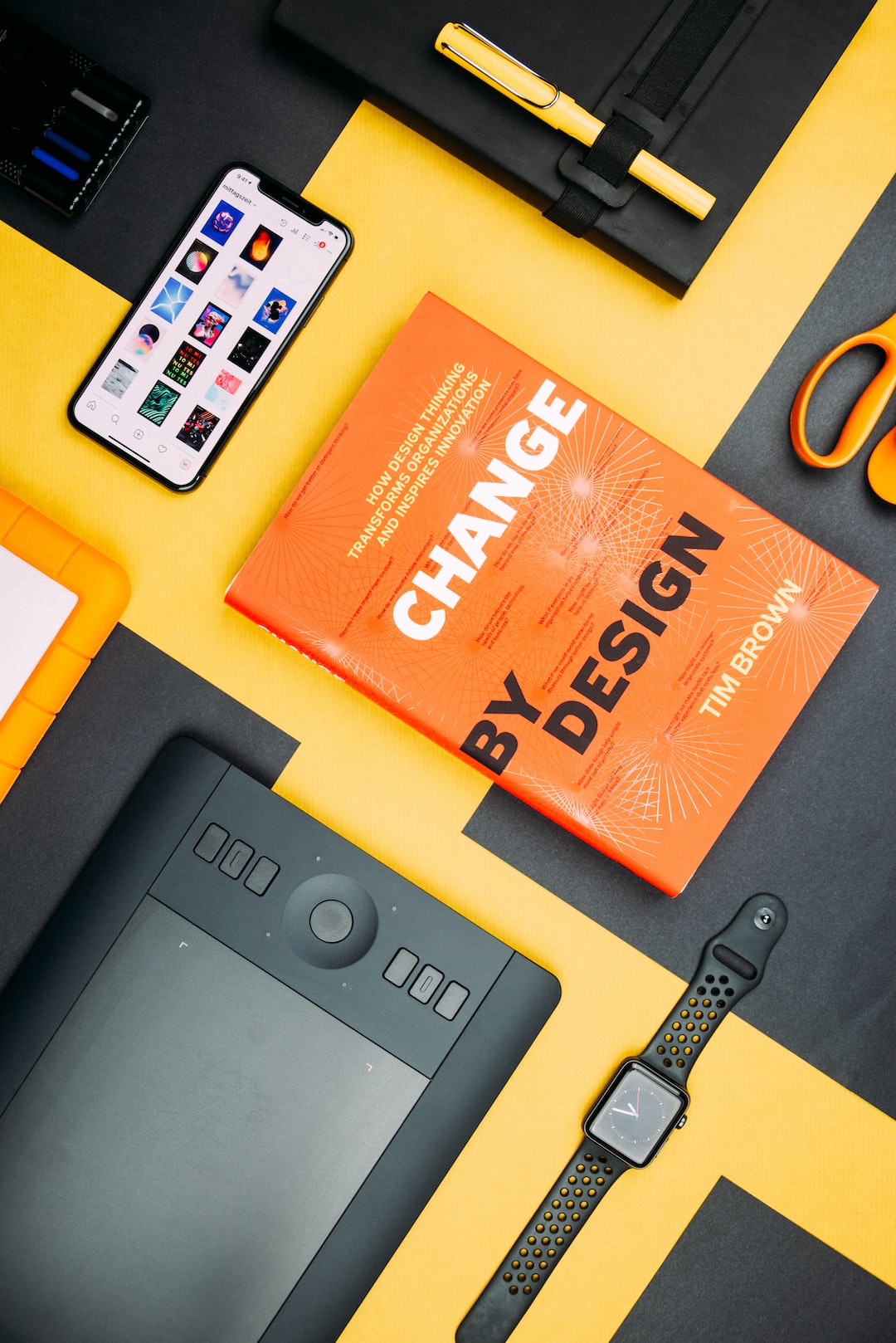Mobile-First Design: Creating Websites for the Modern User
In today’s digital age, mobile-first design is becoming an increasingly important factor when creating successful and user-friendly websites. This trend has been driven by the rapid growth of mobile device usage, which now accounts for more than 50% of web traffic. Mobile-first design is a technique that focuses on designing websites with mobile users in mind first and foremost. By focusing on user experience for mobile devices, designers can create websites that are optimized for all types of devices.
What is Mobile-First Design?
Mobile-first design is an approach to website design that puts mobile users first. It involves creating websites that are tailored specifically for small screens and touchscreen devices, while still providing an optimal experience for desktop users. Mobile-first design prioritizes speed, usability, and navigation over aesthetics and complex features. By always keeping the mobile user in mind, designers can ensure that their websites will work well on any device.
Why is Mobile-First Design Important?
Mobile-first design has become increasingly important in recent years for several reasons. First, mobile devices are now the primary way in which users access the internet. Additionally, Google now factors mobile-friendliness into its search rankings, so websites that are not optimized for mobile devices are at a disadvantage. Finally, mobile users have higher expectations for the websites they visit, so providing a seamless and optimized experience is essential.
How to Implement Mobile-First Design
Implementing mobile-first design can seem daunting at first, but it doesn’t have to be. The key is to start by focusing on the user experience and how users will interact with your website on a mobile device. Consider using a mobile-first framework such as Bootstrap, Foundation, or Material Design Lite to help ensure that your design is optimized for mobile. Additionally, make sure to test your website on as many devices as possible to ensure that it performs as expected.
What is Mobile-First Design?
Mobile-First Design is an approach to website design that puts mobile devices and their capabilities at the forefront of the design process. This means designing websites specifically for mobile users first, and then optimizing them for larger screen sizes and desktop computers. The objective is  to create intuitive websites that provide a superior user experience on any device, regardless of size. It’s a modern approach that recognizes the proliferation of mobile devices and leverages them to create better user experiences.
to create intuitive websites that provide a superior user experience on any device, regardless of size. It’s a modern approach that recognizes the proliferation of mobile devices and leverages them to create better user experiences.
The Benefits of Mobile-First Design
The benefits of a mobile-first design approach are clear. Most notably, it creates consistency across all devices, from the smallest smartphone to the largest desktop screens. By designing for mobile first, designers can ensure that the core elements of the website are accessible whatever device a user chooses, thus improving user satisfaction and engagement.
In addition, a mobile-first design approach encourages streamlined designs. Because mobile devices have smaller screen sizes, designers must ensure that key UI elements and content can fit on the mobile page without feeling cramped. As such, website designs become focused and stripped of unnecessary elements, resulting in effective, minimalistic designs that work well on both mobile and desktop devices.
The final key benefit of a mobile-first design approach is speed. Mobile web pages tend to be lightweight compared to desktop versions, allowing for faster loading times. Websites designed with mobile-first principles tend to prioritize loading time, as this is essential for providing a good user experience on any device.
Real-World Examples of Mobile-First Design
Two excellent examples of mobile-first design are Apple and Google. Both companies have adopted mobile-first design approaches throughout their products, which has helped them become two of the biggest names in tech. For example, Apple recently redesigned its website, and the mobile version is simple and clean, with all the key elements easily accessible on any device. The user experience is consistent across all devices, and all the sections of the website are easy to navigate.
Google has similarly adopted a mobile-first design approach. Its search engine considers mobile friendliness when ranking websites, and its user-facing products (such as Gmail and Google Maps) are designed with mobile devices in mind. It also emphasizes speed and efficiency, both of which are essential for a good mobile experience.
Conclusion
In conclusion, Mobile-First Design is an approach to web design that puts mobile devices and their users at the center of the design process. It is designed to create consistent user experiences across all different devices, as well as lightweight designs that can be loaded quickly. Companies such as Apple and Google have adopted mobile-first design strategies, which has enabled them to stay ahead of the curve when it comes to user experience and engagement. Mobile-First Design is a modern approach to website design and is the best way to deliver great user experiences to mobile users.
1. Responsive Layouts: Designing for device-agnostic user experience by creating different screen sizes and layouts to accommodate multiple devices.
2. Minimalist Navigation: Simplifying navigation menus to focus on a few core tasks, reducing the number of clicks needed to get to a desired page.
3. Improved Scrolling Experiences: Enhancing scrolling experiences to make it easier to use and navigate a website from any device.
4. Optimizing for Touch Interactions: Designing websites for touchscreen devices by utilizing larger typefaces and larger buttons for easy tapping.
5. Focus on Core Content: Placing the most important content and visuals at the top of the page so they are immediately visible.
6. Mobile-Specific Visuals: Incorporating visuals that are optimized for mobile devices such as thumb-friendly carousels and thumbnail previews.
7. Optimized Media Content: Compressing images, videos, and other media files for faster loading times on mobile devices.
To go fruther on the topic
If you’d like to explore more on the topic of Mobile-First Design: Creating Websites for the Modern User, we recommend the following litterature:
1. « Mobile First Design: Strategies for Developing Mobile Websites » by Thaddeus J. Rennell
2. « Going Mobile: A Guide to Planning, Designing, and Building Mobile Websites » by Benjamin Brandall
3. « Mobile-First Design: Crafting Websites for an Increasingly Mobile World » by Craig Grannell
4. « Design for How People Think: User-Centered Design for the Web » by John Whalen
5. « Mobile Design and Development: Practical Concepts and Techniques for Creating Mobile Sites and Web Apps » by Brian Fling
6. « Responsive Web Design with HTML5 and CSS3 » by Ben Frain
7. « Designing Responsive Web Interfaces » by Zoe Mickley Gillenwater
8. « Adaptive Web Design: Crafting Rich Experiences with Progressive Enhancement » by Aaron Gustafson
9. « UX Design for Mobile: Crafting Great Experiences on Smartphones and Tablets » by Joanna Ngai
10. « Designing for Touch: Fundamentals of Design for Mobile and Touch-Based Devices » by Josh Clark


